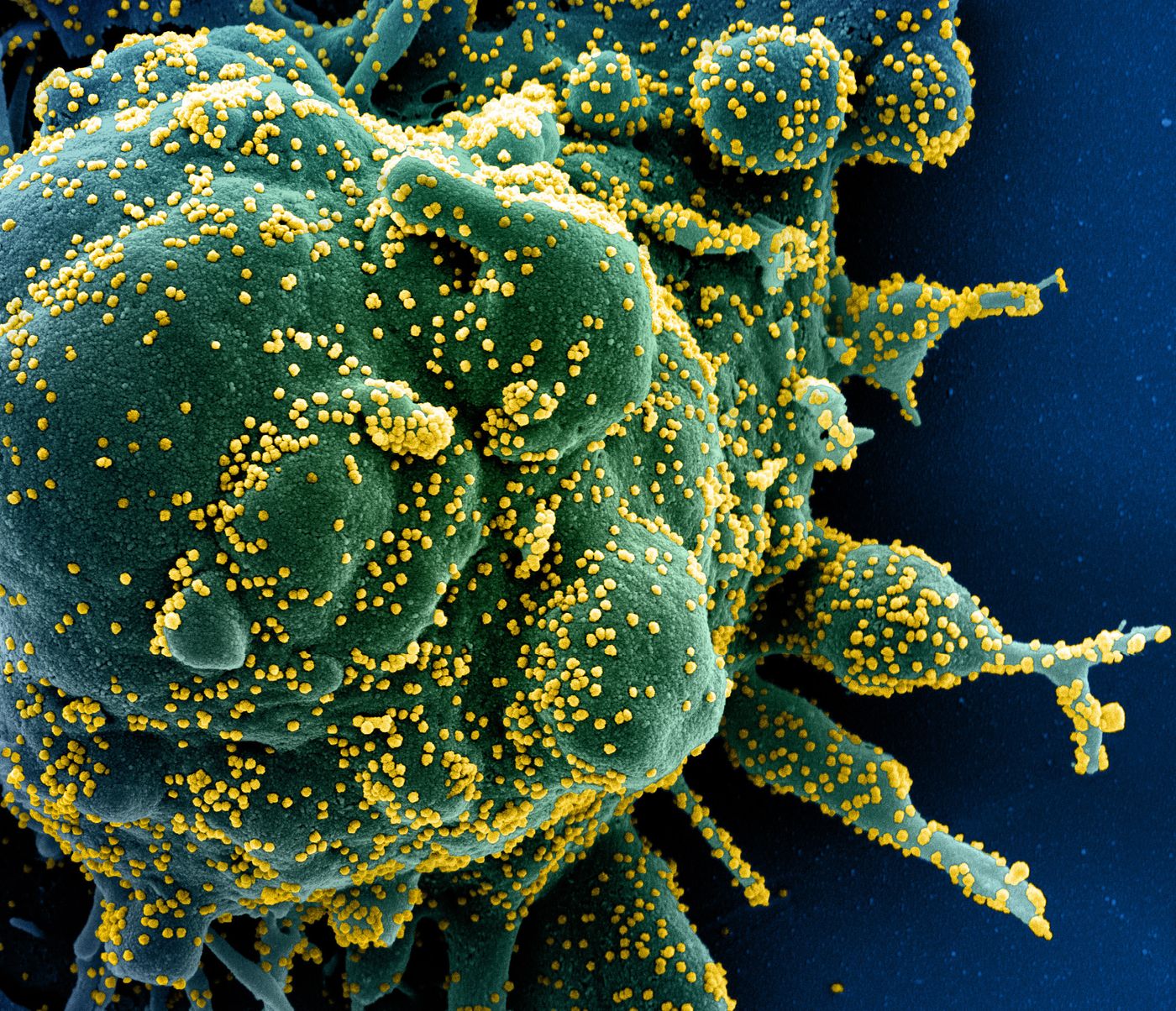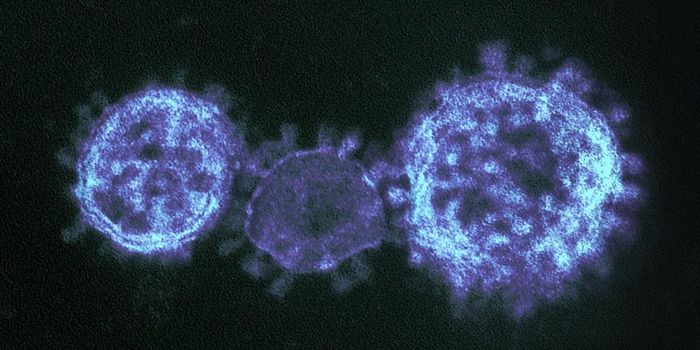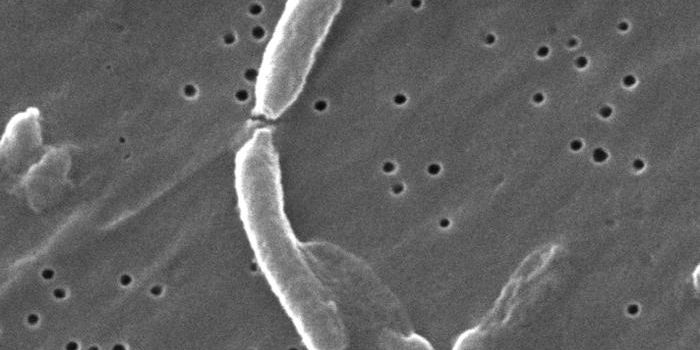Cholesterol Enables SARS-CoV-2 to Invade & Create 'Mega-Cells'
To cause the COVID-19 illness, the SARS-CoV-2 virus first has to get into cells. To do so, it uses something called a spike protein to latch on to molecules on human cells, one of which is called ACE2 receptors. Now researchers have suggested that cholesterol, a fatty chemical that is found in food and is one part of cell membranes, is required for the virus to be able to get inside. The research has been reported in BioRxiv, and hasn't been peer-reviewed yet. It does, however, align with several other research reports.
“Cholesterol is an integral part of the membranes that surround cells and some viruses, including SARS-CoV-2. It makes sense that it should be so important for infection,” said senior study author and Howard Hughes Medical Institute Investigator Clifford Brangwynne of Princeton University.
This work may help explain the observation that people who take cholesterol-lowering drugs called statins tend to have better outcomes when they get COVID-19. It may also shed light on a weird symptom of the disease: giant, compound cells that form in the lungs of COVID-19 patients.
In this study, the researchers mimicked SARS-CoV-2 infections in lab-grown human cell lines. They engineered cells to carry either the viral spike protein, or the ACE2 receptor. The researchers found that cells carrying ACE2 extended protrusions to cells carrying spike proteins, and when they came together, the membranes of the cells fused. This is how viruses are thought to infect cells (but viruses don't have a cell, they merely have a genome made of RNA enclosed by a membrane).
Next, the Brangwynne team and colleagues tested around 6,000 compounds to try to find some that could disrupt the interaction between the spike protein and ACE2 receptor. They also tried modifying the spike protein in 30 different ways. Their work suggested that if cholesterol is absent from the SARS-CoV-2 membrane, it cannot gain entry into a host.
A previous study by University of California, San Diego researchers has determined that the immune system can generate a cholesterol-depleting chemical as part of the body's defensive response to the virus. That chemical acts on host cells, however, not viral membranes. Cholesterol may be a factor in the infectiousness of other viruses as well.
During the course of the research, the scientists noticed that infected cells engulfed one another continuously, merging contents to create compound cells known as syncytia. These are sometimes seen during other viral infections as well as in healthy tissues like muscles and the placenta. In the case of COVID-19, syncytia are thought to destroy lung tissue. Brangwynne noted, however, that we don't yet know whether syncytia is a significant factor in COVID-19 progression.
This work could help create a treatment for COVID-19, and it may be possible to use drugs that are already approved (for other things) like statins.
Sources: Phys.org via Howard Hughes Medical Institute, Science Advances









